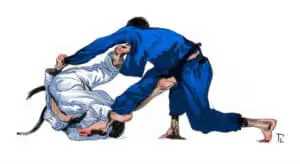You are thinking of training BJJ…Great! Now you need to figure out what style of BJJ is best for you. Not to worry we will breakdown all you need to know about Gi and No Gi so you will be able to make an informed decision on what style of BJJ is best for you.
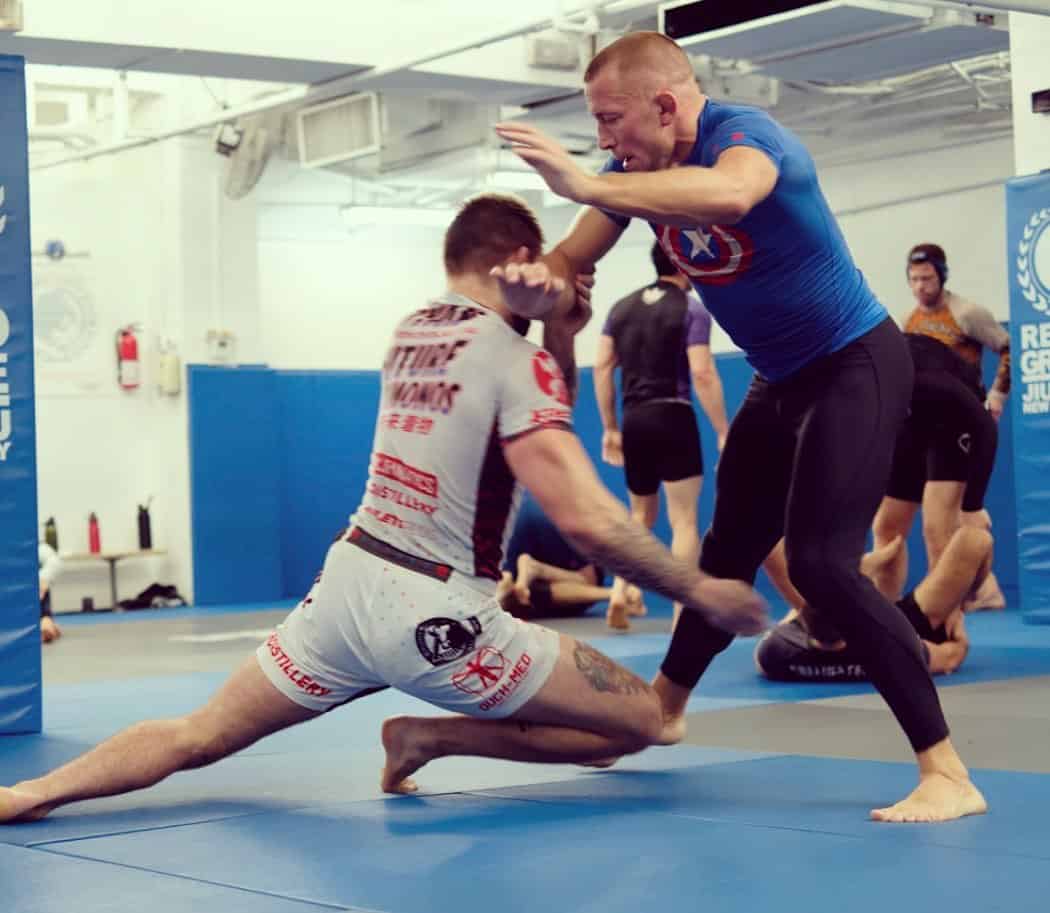
Should I train Gi or No Gi? If your goal is to compete in MMA or you want to be most effective in a self defense situation then you should train No Gi. If you do not want to buy or wear a Gi then train No Gi. If you want to earn belts and learn traditional BJJ then you should train in the Gi.
Which Is Better Gi Or No Gi? – Pros And Cons

Gi
Pros:
- Traditional – Learn the original martial art the way the Gracies were taught, the Gracies all trained in the Gi from the time they were children
- Belts – Do you want to spend 10 years getting a black belt only to never get the opportunity to wear it, put on your Gi so you can show off those belts that you worked so hard to achieve
- Easier on the body – Gi BJJ tends to be slower, less explosive, less scrambles, this makes it easier on the body which allows you to train the great martial art for longer
- More techniques – The Gi gives you more options, you can perform way more techniques in the Gi than you can in No Gi, more opportunity makes the sport more fun
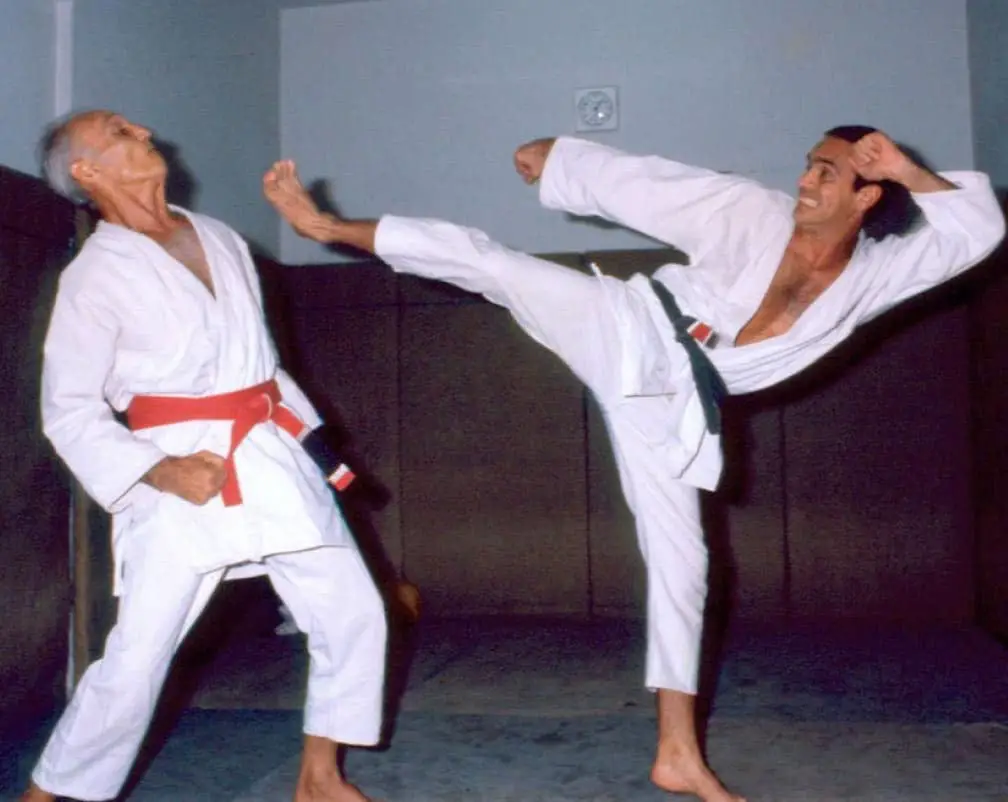
Cons:
- Cost of Gis – Gis are not cheap ($70-$150) and if you are serious about BJJ you will need to buy at least a couple, this can add up and make the sport quite costly
- Washing – Looking after Gis involves a lot of washing, this can be annoying and make the sport less enjoyable if you know you have to constantly wash and dry your Gi
- Self defense – The reliance on Gi grips for Gi BJJ to work means if you get into a fight and your attacker isn’t wearing a Gi it will be more difficult for you to establish control and use your BJJ to defend yourself
- Hand and finger issues – All that gripping of the Gi can really mess your hands and fingers up, arthritis and common hand pain is common in Gi athletes, check out the Miyao brothers’ hands if you want to see what prolonged Gi gripping can do to your fingers
No Gi
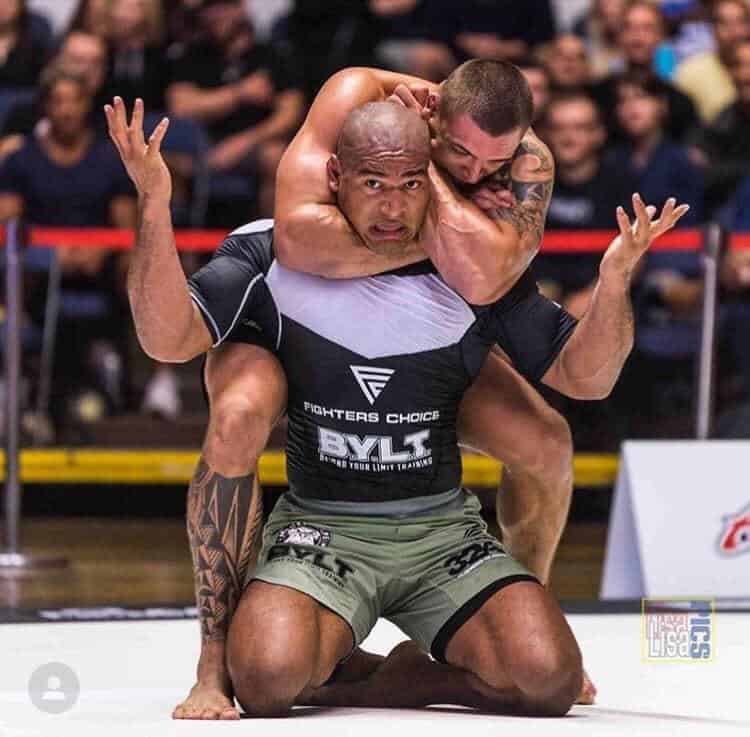
Pros:
- Cheaper – You don’t have to worry about shelling out $100 for a strange Japanese outfit, instead you can wear your regular gym clothes
- Faster – There is less stalling in No Gi, you don’t need to be worried about being stuck in someones side control or mount for the whole round, just a few big bridges and you will slide out, this creates a reality where athletes are trading positions more frequently which makes the rolls much more fun
- MMA – No Gi is much better suited to MMA as both sports use the same grappling grips, if you want to compete in MMA you need to be training No Gi BJJ, MMA fighters will occasionally train in the Gi but the majority of their training is done No Gi
- Self Defense – No Gi is better suited to self defense as you do not need to worry about what your attacker is working, your techniques will work regardless, as long as they have arms, neck and legs your grips will be effective
- More allowed techniques – In Gi many leg locks are banned, in No Gi all leg locks are allowed, if you like leg locks forget about Gi as many gyms will not teach them and do not allow you to use them during sparring

Cons:
- No belts – Sometimes you want to show off your fresh belt
- Cold – If your gym is a bit cheap on the heating it can get cold training in a rashguard and shorts in the winter
- Can develop bad habits – In No Gi you can get away with bad technique if you are athletic, as you can just power out of many positions, this will slow down your progression as an athlete
- Doesn’t have martial art atmosphere – Some people are looking for a martial art atmosphere with uniforms, traditions, bowing, No Gi feels more like wrestling practice than a martial art
What Is Gi Or No Gi?
Gi is a form of Brazilian Jiu Jitsu where athletes wear a Gi which is very similar to the uniform worn in Judo and resembles a Japanese kimono. In Gi BJJ athletes grip the clothing to control and submit their opponents. No Gi is a form of Brazilian Jiu Jitsu where athletes instead of wearing a Gi wear tight fitting clothing, typically shorts and a shirt and are prohibited from grabbing clothing.
Does No Gi Help GI?

No Gi can help Gi, however if your goal is to improve your Gi BJJ you are better off training more Gi BJJ. No Gi BJJ can improve your ability to control and submit opponents as the lack of Gi in No Gi reduces the amount of friction, making it easier for your opponent’s to escape and slide out of positions and submissions.
As the sport evolves No Gi and Gi are becoming more and more different. It is getting to the point where just like wrestlers would never train in Judo and vice versa because the sports are too different BJJ athletes are choosing not to train in both styles. You are seeing more and more specialists emerging who only focus on one particular style.
The unique gripping system in Gi makes the sport significantly different than BJJ. These grips are a unique skill which are very important and can only be practiced during Gi BJJ. This is why more athletes are deciding to focus purely on Gi BJJ if their goal is to become a Gi competitor.
Typically if you want to improve at a sport you should train under the same rules you plan to compete under. This is known as the principle of specificity. Based on this principle Gi athletes should train more Gi BJJ.
There is one aspect of No Gi BJJ which could benefit Gi athletes. As there is no Gi to grip in No Gi and athletes often become very slippery it is very difficult to control and submit opponents. By practicing No Gi, Gi athletes can improve their controlling and submitting ability as they will not have the luxury of Gi grips to keep their opponent’s firmly in place. They then can take these newly developed skills back to their Gi training and theoretically they should have an easier time submitting their competition.
Is No Gi Better For Self Defense?
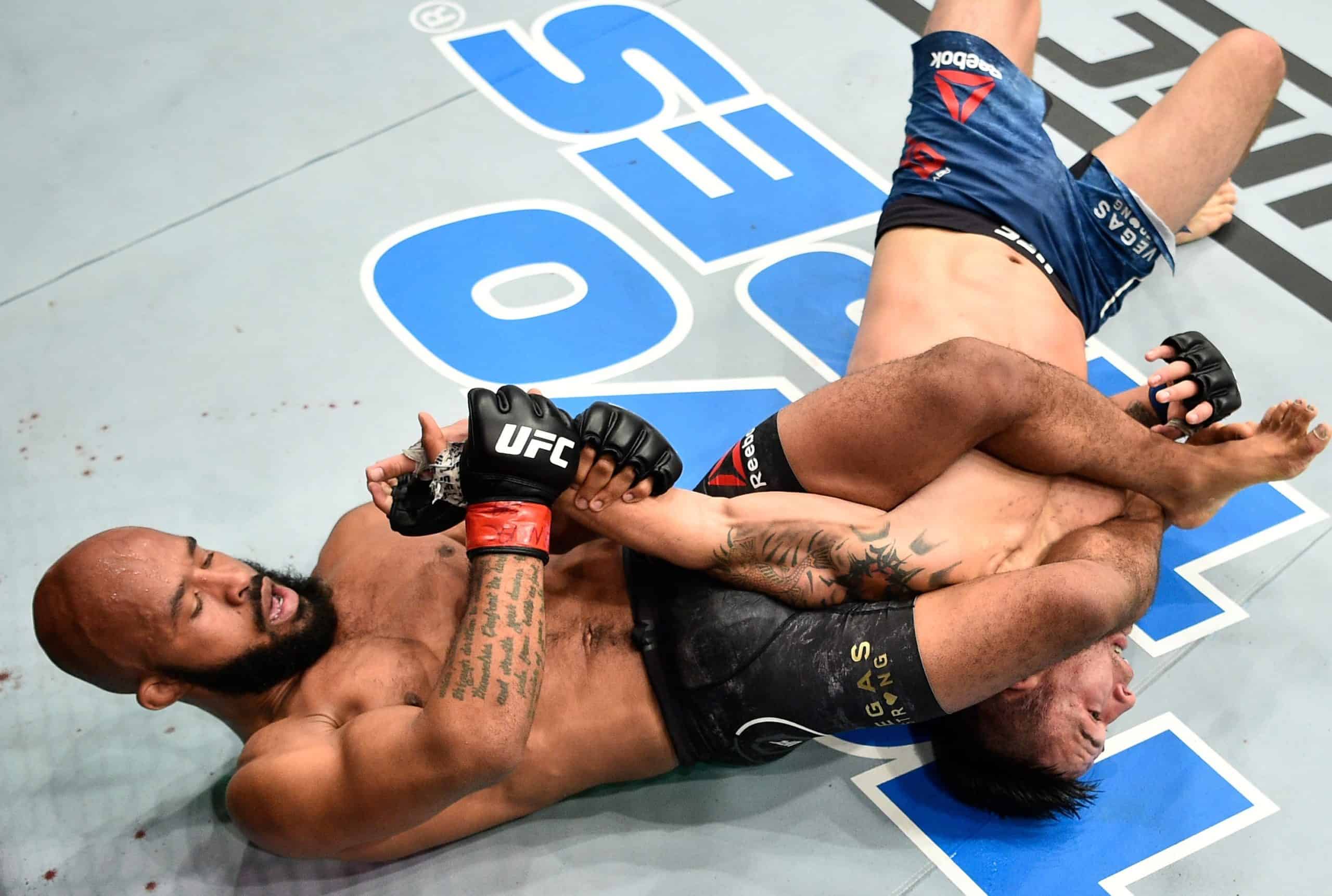
No Gi is better for self defense as all the techniques you learn will work irrespective of what your attacker is wearing. If your attacker is wearing a t-shirt then underhooks, overhooks and headlocks will work. If your attacker is wearing a winter coat then these same grips will also work.
The same can not be said for Gi BJJ. If your attacker is shirtless or wearing a t-shirt then the classic collar, lapel and sleeve grips used to control and submit opponents in Gi BJJ can not be used. The grips in Gi BJJ need to be modified to be effective in a self defense situation. Now even though the grips can be altered without too much difficulty it still makes the style of BJJ inferior to No Gi where the grips do not need to altered at all.
If your attacker is wearing a winter coat you could argue that Gi BJJ is more effective. It may be easier to establish Gi grips when an attacker is wearing winter coat compared to establishing No Gi grips such as an underhook or overhook.
Gi grips tend to be much stronger than No Gi grips as they are harder to break and can be used to generate more force. It would be better to establish Gi grips in a street fight as they make it easier to control an attacker. This is why Gi BJJ may be better than No Gi if your opponent is wearing a winter coat.
Is No Gi Harder Than GI?
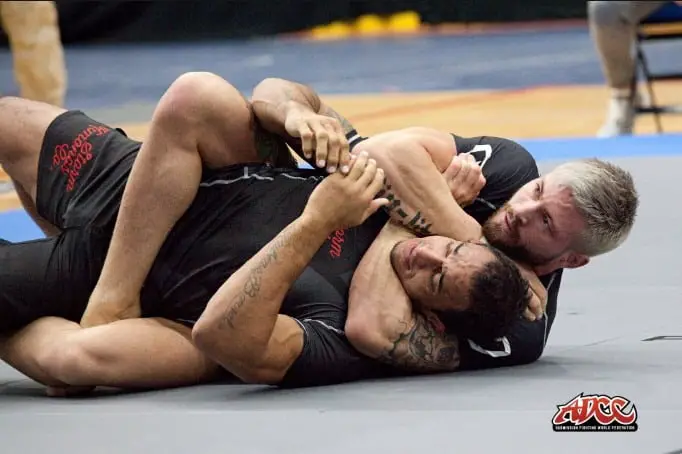
No Gi is harder than Gi if you have a poor understanding of the leg lock game, rely heavily on Gi grips to implement your BJJ game or come from a Gi only or Judo background. It has been argued that due to the Gi there are many more techniques in Gi BJJ making the sport more complex and harder to learn.
The current No Gi meta is overwhelmingly focused on leg locks, particularly heel hooks from single leg x, 50/50 and inside sankaku. If you want to compete successfully in No Gi BJJ at the very least you will need to have a deep understanding of leg locks. You will need to be comfortable in the common leg lock positions and know a variety of defenses. We saw at the latest ADCC (2019) what happens when high level Gi athletes who lack a detailed understanding of leg locks attempt to compete in world class No Gi competitions, they get rapidly heel hooked by a guy half their size (Lachlan Giles).
If you only train Gi and and heavily rely on the classic Gi grips to perform techniques you will struggle in No Gi. If you do not have experience with No Gi grips you will struggle to control your opponents as No Gi grips take time to master. In No Gi you have to get use to the instability of positions. Grips even great grips are much less stable and it can be easy for your opponents to escape. You can not afford to take your time in Gi once you have established dominant grips. You need to attack or progress position immediately.
Why Is No Gi Better?
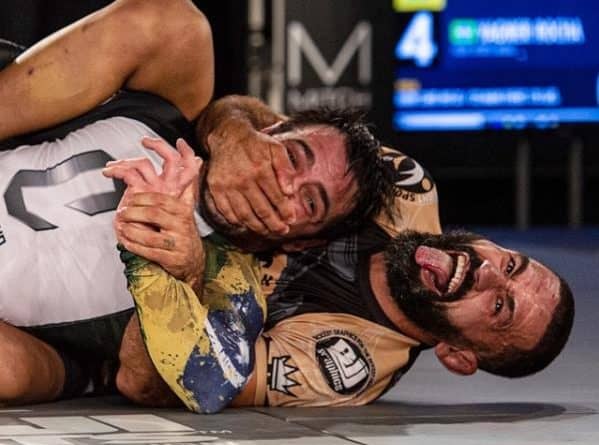
No Gi is better if you want to compete in MMA as in MMA you compete shirtless and are not allowed to grab clothing. The lack of grips makes many of the techniques you learn in Gi BJJ not applicable. Whereas a higher percentage of No Gi techniques can be used in MMA as the sport utilizes the same grips.
No Gi is better if you are training for self defense. In many situations you will be fighting someone who is shirtless or wearing a t-shirt. This attire prevents you from using the classic grips found in Gi BJJ. If you train No Gi BJJ you will be prepared to deal with a shirt less attacker as all the techniques rely on grips that work irrespective of the clothing your attacker is wearing.
No Gi is better if you want to become a professional BJJ athlete. The richest tournament in the BJJ world is ADCC which is a No Gi grappling tournament where the absolute winner can earn $40,000, significantly higher than any Gi tournaments. There are far more No Gi professional tournaments than there are Gi tournaments which gives No Gi athletes a greater chance of earning a full time income from the sport.
No Gi BJJ has exploded in popularity in recent years and many athletes are taking advantage of this trend by competing for cash prizes and winning sponsorship deals. The highest earner in BJJ, Gordon Ryan is exclusively a No Gi athlete who has ridden the recent surge in popularity of No Gi BJJ by making substantial amounts of money from sponsorship deals, teaching privates, winning major tournaments and selling instructional DVDs.
Conclusion
If you have plans of competing in MMA or you are looking to improve your self defense ability then you should train No Gi. If you are looking for a more traditional martial art atmosphere where you get the opportunity to wear a uniform and earn belts then you should train in the Gi. Both styles of BJJ are highly effective and you will enjoy training Gi or No Gi.
